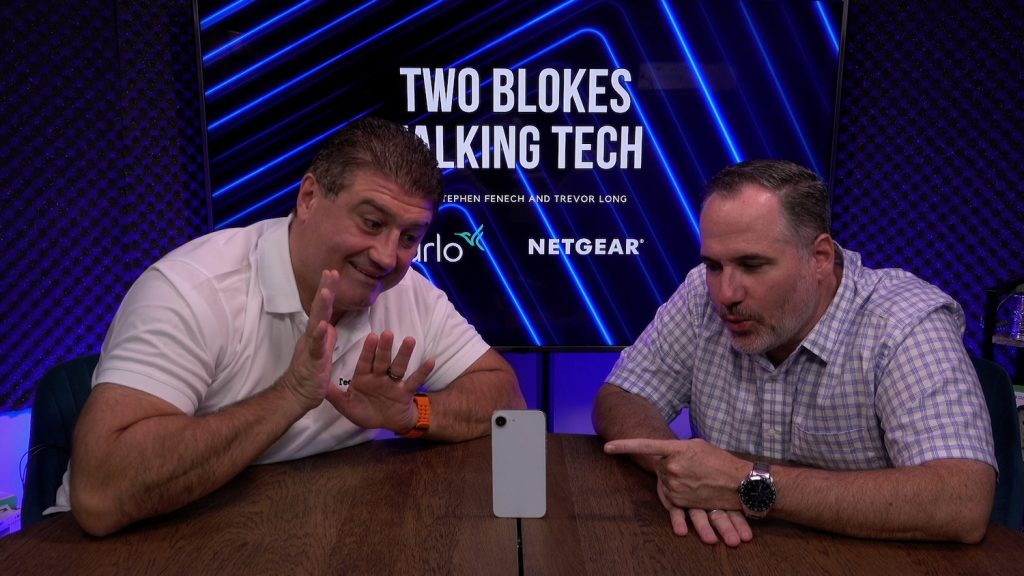Cybercriminals have become so skilled at hacking that it’s scary. Even if you have a top-notch antivirus, virtual private network (VPN), password manager, and multi-factor authenticator, you can still become a victim. It’s not a matter of whether hackers can breach your device. It’s when they do it.
More chance for malware on your device maybe if you have:
- Downloaded a suspicious file.
- Installed a torrented .exe file.
- Noticed some weird behavior.
- Entered your credentials into a suspicious website.
- Clicked on a phishing link.
If you think your computer has been hacked, these signs will tell you if you’re on the right path.
1. Your antivirus is warning you
The obvious sign that you have malware is an antivirus notification. That can happen from your built-in Windows Defender or the software you’re paying for. If you see loads of notifications of the same problem popping up, something’s wrong, and you should be suspicious. Maybe the hacker is overriding your antivirus in some way. Perhaps they’ve got a foothold on the system that the antivirus can only notice but not delete. Maybe the virus is replicating. If this happens, you have to talk to a professional.
2. Your camera randomly starts
Your laptop, computer, or phone camera should never start working out of the blue. If that happens even once, you have to check what caused it. Did you enable your browser to turn on and control your camera? Is someone spying on you? These should be the first questions that pop to mind because there’s a high chance someone is using a remote access Trojan (RAT) to spy on you. But if you left Google Meet as an open tab, and that’s what caused your camera to remain on, then there’s nothing to worry about.
3. Your device becomes slow
If your device suddenly becomes sluggish, someone may have installed crypto-mining software on your computer. Miners usually take away loads of CPU and GPU resources, making it nearly impossible to browse the web normally. First, open the Task Manager and see all the running applications. If nothing is suspicious, check the background processes to see if an update is downloading. If that’s the case, you don’t have to worry about it.
4. Your operating system starts to crash or freeze
The dreaded Windows Blue screen can happen to anyone. Maybe you tried using too much RAM and didn’t shut down your device for three weeks. But maybe (especially if you’re getting freezes and crashes often) a hacker has dived deep inside your kernel or drivers and interfered with the apps you use daily. If you can’t figure out why your device keeps crashing, it’s wise to assume it’s malware.
5. You notice strange popups
Popups used to be popular a decade ago. That’s one of the reasons why everyone installed an ad blocker. If you’re visiting a random page and you get a pop-up, it makes sense for it to show up. But if it happens randomly, out of nowhere, you should be suspicious. You should be especially worried if it’s a Command Prompt popup that shows up and vanishes in a second. Sometimes, it can be a normal app forcing an update, but most of the time, it’s a call for distress.
6. Your browser extensions, home page, or search engine change
Taking over web browsers was popular back when Internet Explorer was still popular. Since then, the practice has died down, and this type of malware is declining. But that doesn’t mean it has been eradicated. It’s commonly known as junkware, and it installs plugins and changes your home page or your default search engine to get more ad revenue. Just run a scan to eliminate it because most antivirus programs can find and remove it easily.
7. You send and receive suspicious emails
Hacking isn’t just about getting access to your device. It can also be to your online accounts. One of the most popular ways is by breaching your password (especially if you use the same one for everything) and getting into your email. Then, they can compromise your banking apps and social media accounts and even steal your identity. Good online cybersecurity is just as essential as using protection tools.






